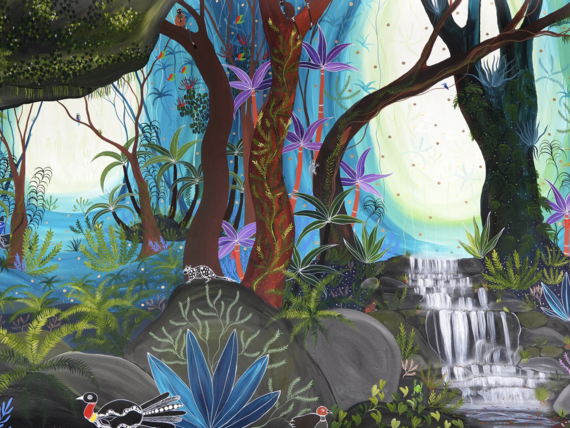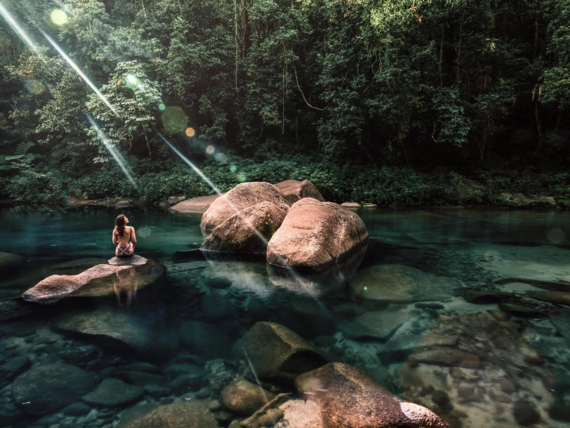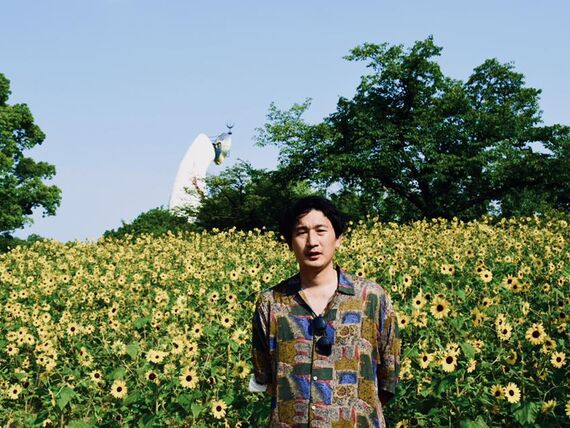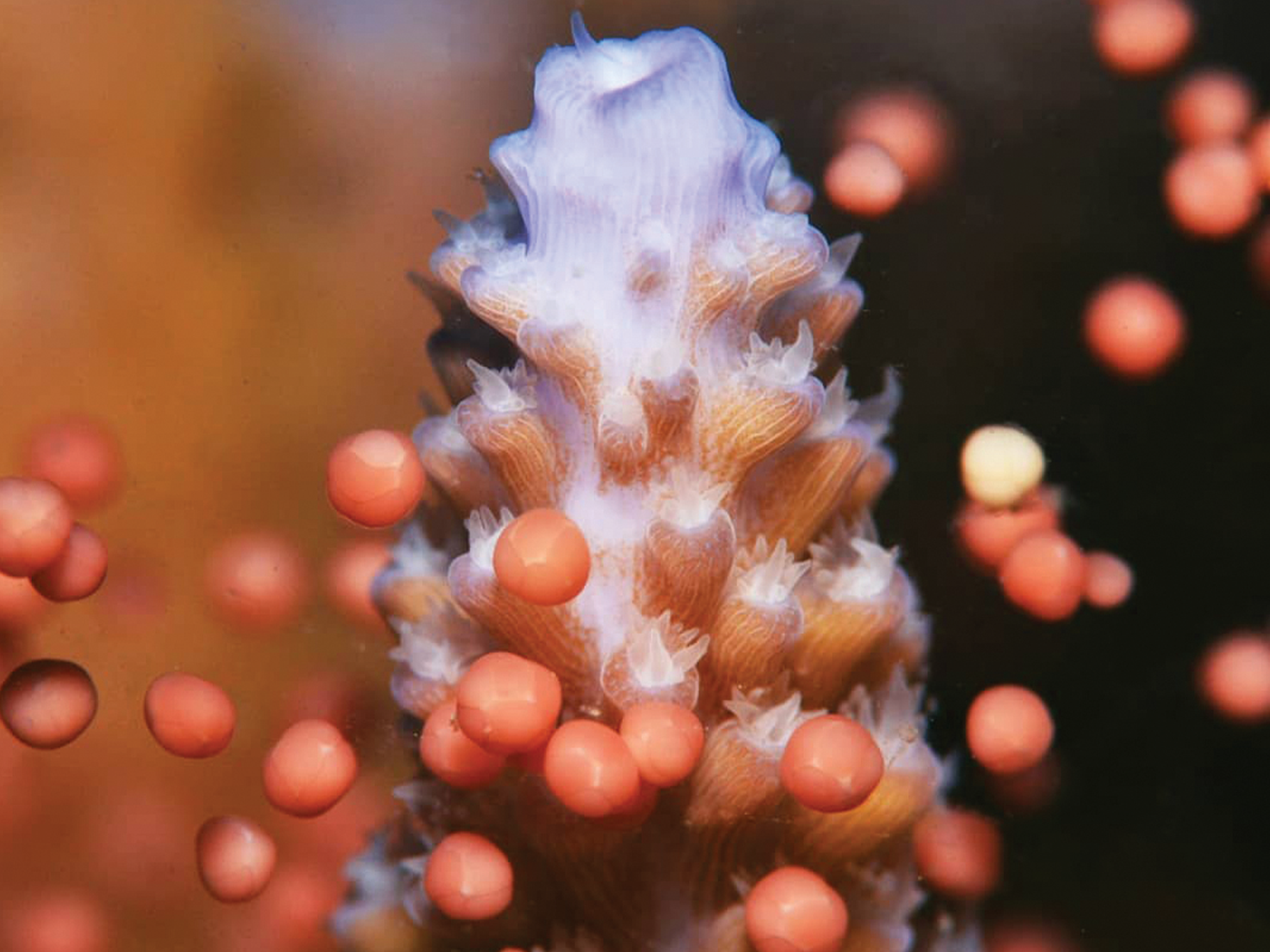
As seasons change, the local diversity in flora and fauna does too. From the giant and wondrous yet poisonous, to just outright sexy, here's what's in season right now.
Fauna - Sex on the Reef
October and November are months of great significance for Cairns and North Queensland as they feature the vital season of renewal for the Great Barrier Reef - mass coral spawning.
It’s probably not remarkable that the actual spawn can’t be pinpointed to specific dates on the calendar, it is a natural event after all.
However, there are general guidelines that feed our anticipation for this truly momentous happening: warm water to allow the polyps to develop the sex cells essential for reproduction as well as nights with limited tidal movement.
Thus three to six nights after the full moons of October, November and December become key times.
Other factors also come into play - the length of day and suitable salinity for example.
##IAA1##
So, we poor humans are rendered helpless to predict dates in the face of these demands but somehow, coral polyps are able to process all this data and adjust their behaviour accordingly.
They even time their party for the early evening to avoid unwanted predatory gate-crashers - you know the ones that just come for the food!
Here’s hoping that all goes well for this year’s spawn: never has the outcome of this coral orgy been so critical.
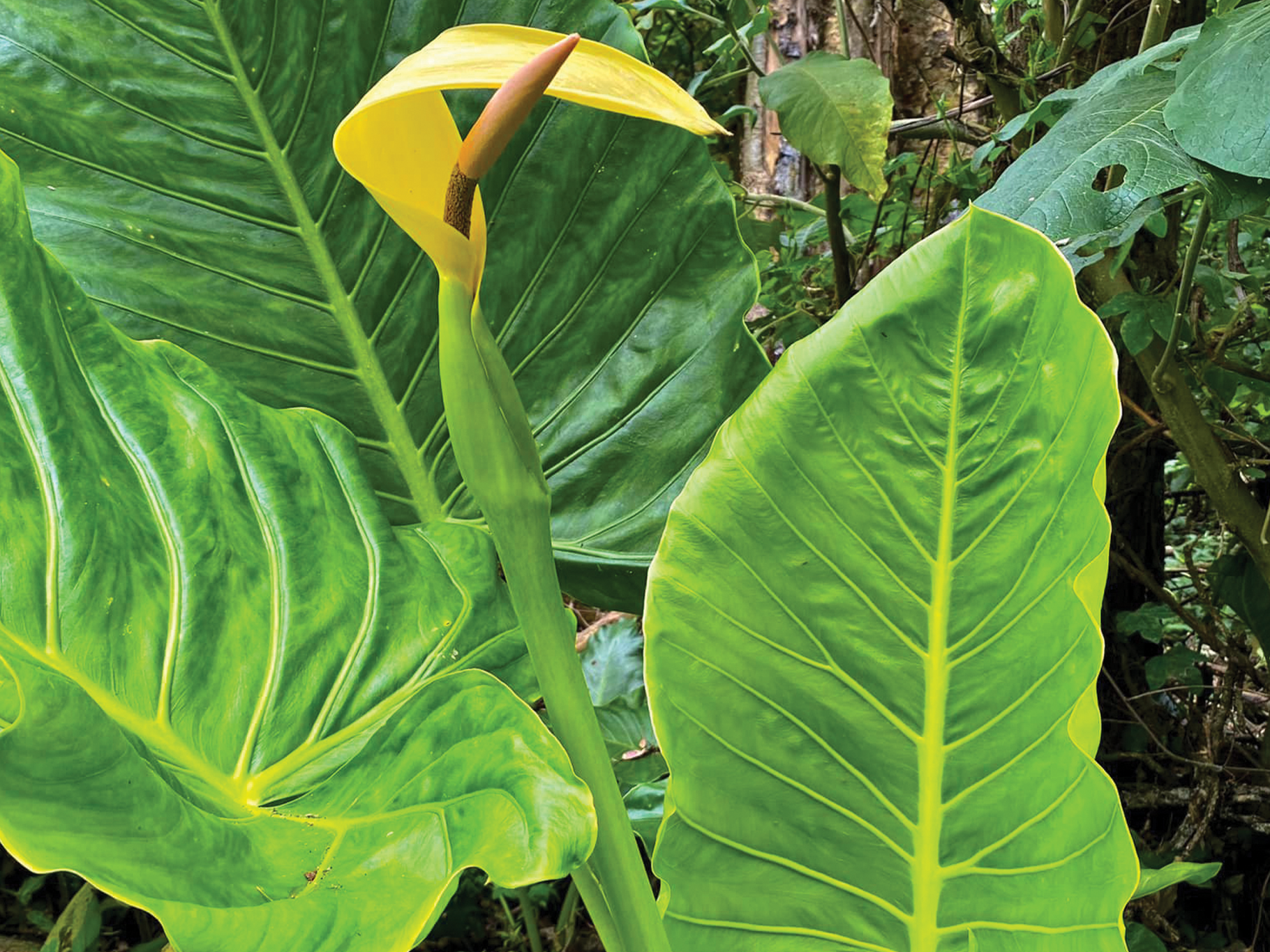
Flora - Elephant Ears
For those of you who have enjoyed southern beaches in Australia, the word Cunjevoi might be synonymous with the brown, leathery-looking sea squirt that inhabits the rocky shores.
Well, not so in the North. Cunjevoi (Alocasia brisbanensis) means that green, fleshy plant that grows in and around our rainforests.
As its scientific name implies, this clumping plant is not unique to the Far North but it is certainly worthy of mention.
Its familiar heart-shaped leaves are easily spotted as this plant rarely grows taller than 1.5-metres.
Look out for the flowers as the weather warms up.
They look somewhat like arum lilies and have a rose fragrance.
The fruit that follows features red seeds that are favoured by rainforest birds.
As appealing as the Cunjevoi might seem, every part of it is toxic to humans.
A ‘no touching’ rule is advisable and the belief that the sap from this plant can be used to treat Gympie Gympie stings should be considered as urban myth.
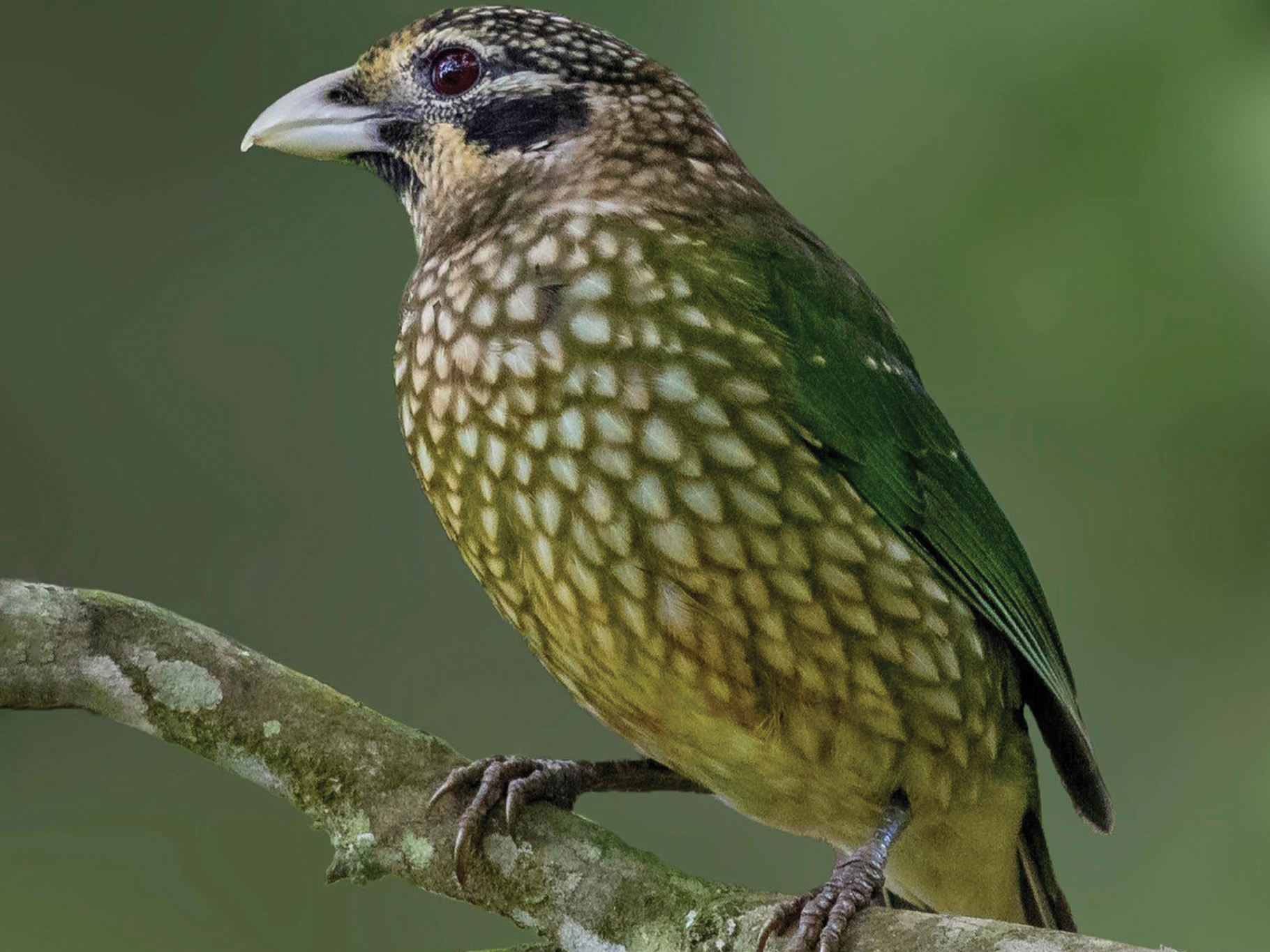
Fauna - Rainforest bird
Spotted Catbirds (Ailuroedus maculosus) are particularly fond of the Cunjevoi seeds as well as many of the other rainforest fruits.
They also feed on insects and occasionally other birds’ eggs and chicks (good food for Catbird offspring).
Unique to North East Queensland, it is most likely that you have at least heard a Spotted Catbird, even if you haven’t seen one.
This species can be a noisy feature of the rainforest and surrounds.
The birds have a brilliant green upper and a spotty brown breast.
They also have a distinct dark patch to the rear of their red eyes. A short strong bill completes the ‘look’.
The question remains, why are they called Catbirds?
I struggle to hear any similarity to a cat noise.
Trying to describe their call is difficult: a piercing metallic sneeze is the best that I can do.
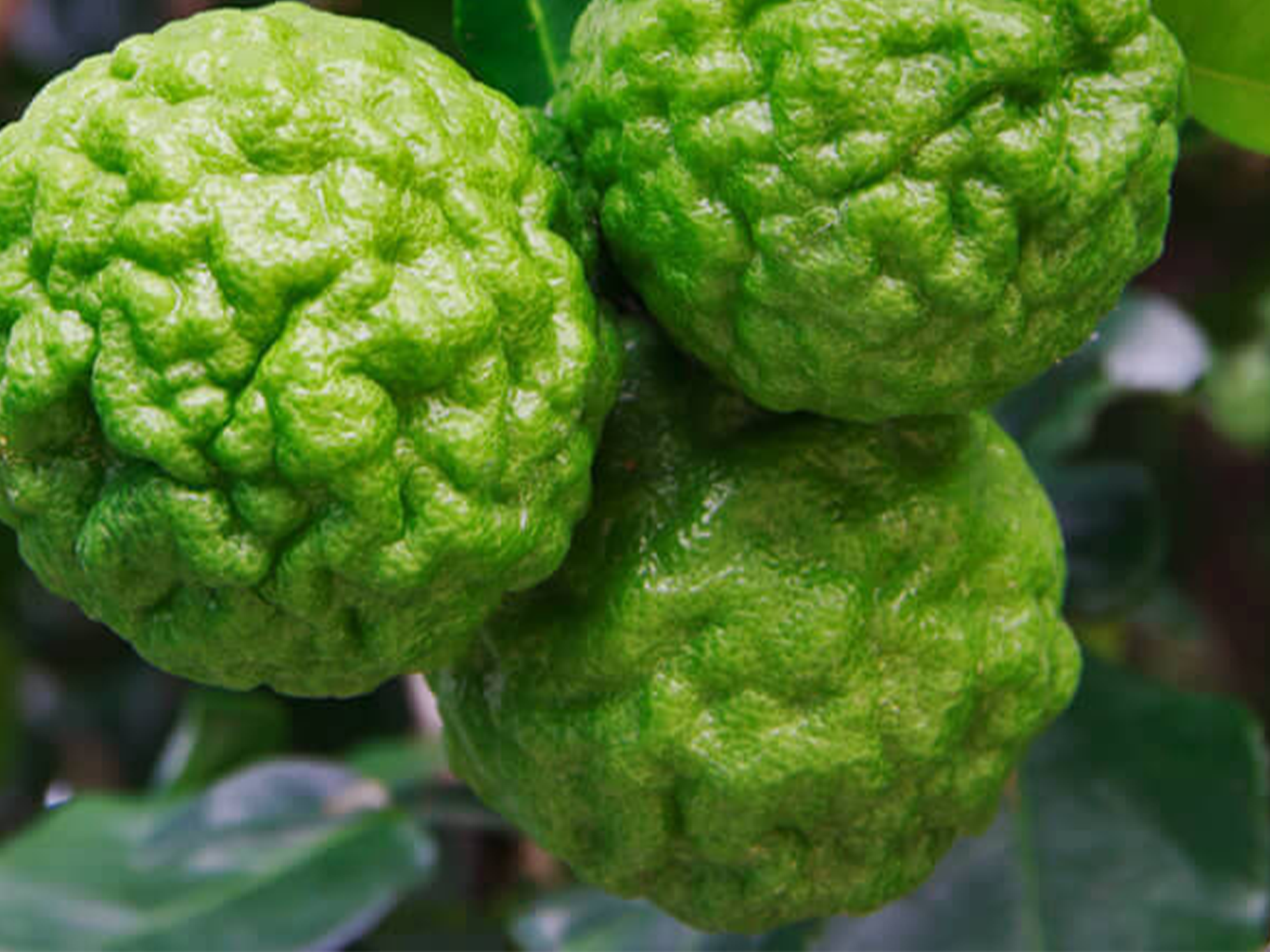
Flora to feast on from Rusty's Markets
Limes are generally available at Rusty’s all year round.
The green Tahitian and yellow West Indian lime are often seen.
A third lime - the Makrut (formally known as Kaffir) is not as often encountered.
This bumpy-skinned fruit is generally overlooked in favour of its super fragrant leaves that feature in south-east Asian cooking.
However, the lime itself can provide some unique taste sensations using the juice and/or the finely grated rind.
Give it a go!


